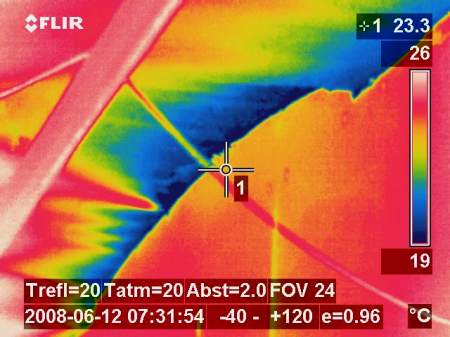The 25 agricultural businesses are certified participants in the Schirnhofer quality assurance program. As part of the carcass examinations, lung, pleural and peritoneal findings are also identified. 40 to 65% of the animals on all farms examined show lung changes. The proportion of pleurisy is up to 52% of all animals. As part of the proposed project, the 25 farms with the most common disease characteristics will be examined. After implementing the improvements in the ventilation system suggested by Raumberg-Gumpenstein, the carcasses are examined by the Schirnhofer company for possible changes or improvements in the findings, primarily the lung findings.
Goals of the project:
- Identification of ventilation deficiencies and options for remediating them in the companies examined.
- Evaluation of improved animal health based on the slaughter results from Schirnhofer Ges.mbH before and after any improvements to the ventilation system.
- Passing on these findings, including the profitability calculations, to the agricultural businesses and, above all, to the companies and the advisory services.
The aim is to raise awareness among agricultural businesses with regard to converting and, above all, building new stables. This applies in particular to ventilation and stable construction companies and also to possible liability claims by agricultural companies against the executing companies. Contrary to all previous studies and the resulting findings and recommendations, serious deficiencies have been identified in practice.
Since ventilation problems not only have an enormous impact on animal health, but these problems are also associated with an increased or increased occurrence of emissions, in particular of harmful or foreign gases but also dust, there is, above all, a positive impact on the environment around them Stables and therefore also the environment have to be taken into account.







